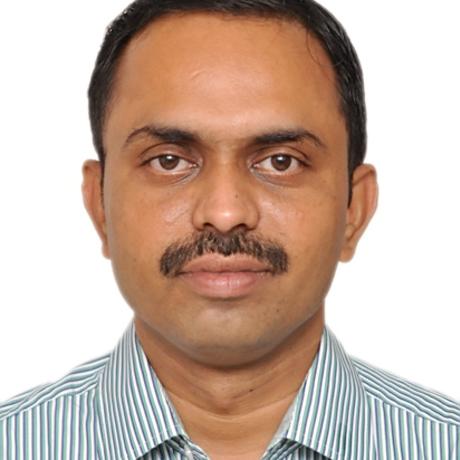Phase field solvers using SYCL for microstructure evolution
- 0 Collaborators
Phase field technique is used to simulate microstructure evolution during materials processing such as 3D printing and additive manufacturing apart from traditional manufacturing techniques like welding, casting etc. These non-linear PDE solvers are compute intensive and also memory intensive. ...learn more
Project status: Under Development
Overview / Usage
Phase field method, also called as diffuse interface method, is an elegant technique to describe moving interfaces to understand pattern formation in nature. This has been developed over the last century starting from van der Waals, Ginzburg, Landau, Cahn, Hilliard, Allen and recently by Alain Karma et al. This method is thermodynamically consistent, quantitative and proven to reproduce realistic patterns in a number of natural phenomena such as solidification, cracking, domain wall configurations etc.
The phase field equations are non-linear partial differential equations and require small grid spacing and time spacing for numerical stability and artefact-free pattern evolution. Thus, the solvers tend to be compute intensive as well as memory intensive. Realistic simulations are now possible thanks to high performance computing available using multi-core, parallel computing and GPU computing possibilities.
The output of phase field simulations are valuable in understanding the microstructures that form during processes such as 3D printing, Additive manufacturing and help us print components free of defects such as porosity, cracks and unwanted dedrimental phases. As new and advanced materials are being inserted into the 3D printing domain, simulations such as phase-field will help in reducing the experimental trials to render the development cycle of engineered products shorter.
These simulations are at the heart of Integrated Computational Materials Engineering (ICME) approach and Digital Twins of manufacturing processes. Making these simulations faster is critical to achieve a complete in-silico development of products.
Methodology / Approach
The phase field solvers are being developed using numerical techniques such as finite difference, finite element and Fourier spectral methods. Frameworks such as OpenFoam and Deal II are also being used for these solvers. These solvers are comparable to CFD solvers for direct numerical simulation in terms of their equations, number of grid points, time steps and the predictive ability for patterns.
Technologies Used
Intel OneAPI offers highly optimized compilers for the codes we write in C++ using OpenCL library. Newer solvers are being written using SYCL to take advantage of the emerging architectures from Intel. Our solvers have been proven to run efficiently on Intel Xeon processors and XeonPhi processors in the past. We wish to take these solvers to GPUs using OpenCL and SYCL platforms.
Repository
https://github.com/ICME-India/MicroSim



